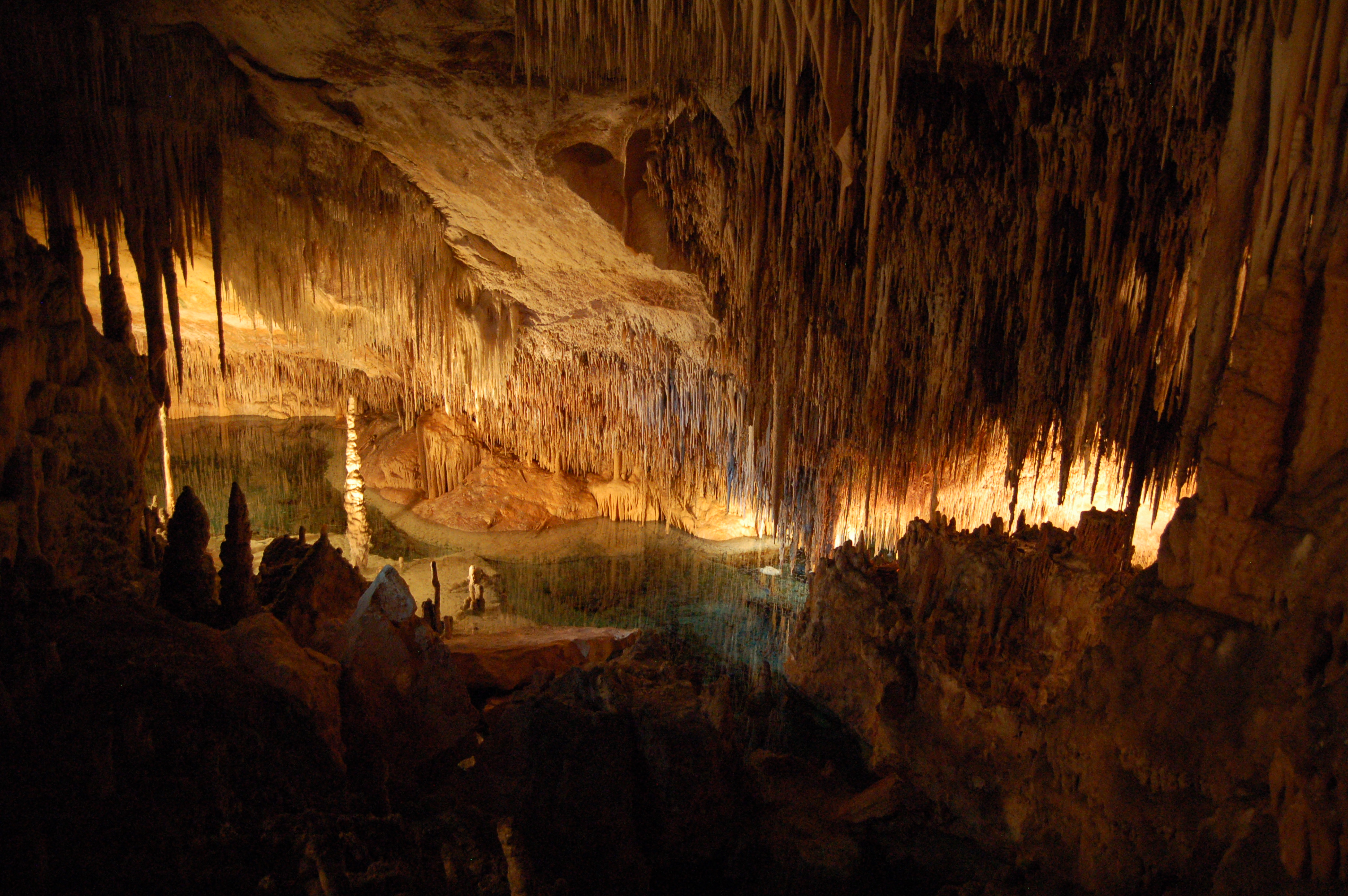In July, a helicopter pilot flying over arctic Russia’s Yamal Peninsula noticed an odd sight: a roughly 100-foot-wide crater in the permafrost. Images of the crater went viral online, sparking theories of its formation: Was it a meteorite? A missile strike? A botched alien landing?
Continue reading Geologists Solve Mystery of Siberian Crater
Tag Archives: Planetary science
The Sound of Sliding
 When a landslide tore through a remote Alaskan valley in July, no one was there to bear witness. But hours later, geoscientist Colin Stark of the Lamont-Doherty Earth Observatory spotted the event in the pattern of seismic waves passing through the Earth’s crust. Within days, using data from earthquake sensors and satellite images, he and colleague Göran Ekström were able to estimate, from their lab in New York, the landslide’s size, and even determine its path.
When a landslide tore through a remote Alaskan valley in July, no one was there to bear witness. But hours later, geoscientist Colin Stark of the Lamont-Doherty Earth Observatory spotted the event in the pattern of seismic waves passing through the Earth’s crust. Within days, using data from earthquake sensors and satellite images, he and colleague Göran Ekström were able to estimate, from their lab in New York, the landslide’s size, and even determine its path.
New Agreement Casts Spotlight on Efforts to Inventory Black Carbon
Researchers are about to take a big step toward better understanding a tiny air pollutant. A U.N. expert panel earlier this month agreed on a technical road map that will guide the first multinational effort to create a standardized emissions inventory of black carbon, a kind of microscopic soot particle. Scientists say that black carbon emissions play an important but poorly understood role in both global climate change and air pollution. Continue reading New Agreement Casts Spotlight on Efforts to Inventory Black Carbon
Cave detective hunts for clues to past sea level
A yellow splash of light from Bogdan Onac’s headlamp bounces around the dripping orange walls of a cave like a frenetic firefly. At the other end of the beam, the University of South Florida paleoclimatologist explains that the walls of this cave, on the Mediterranean island of Majorca, have collected a bathtub ring of minerals as brackish water washes in and out. “Majorca is like a Gruyère,” Onac says, its underlying limestone filled with holes just like the cheese. Continue reading Cave detective hunts for clues to past sea level
